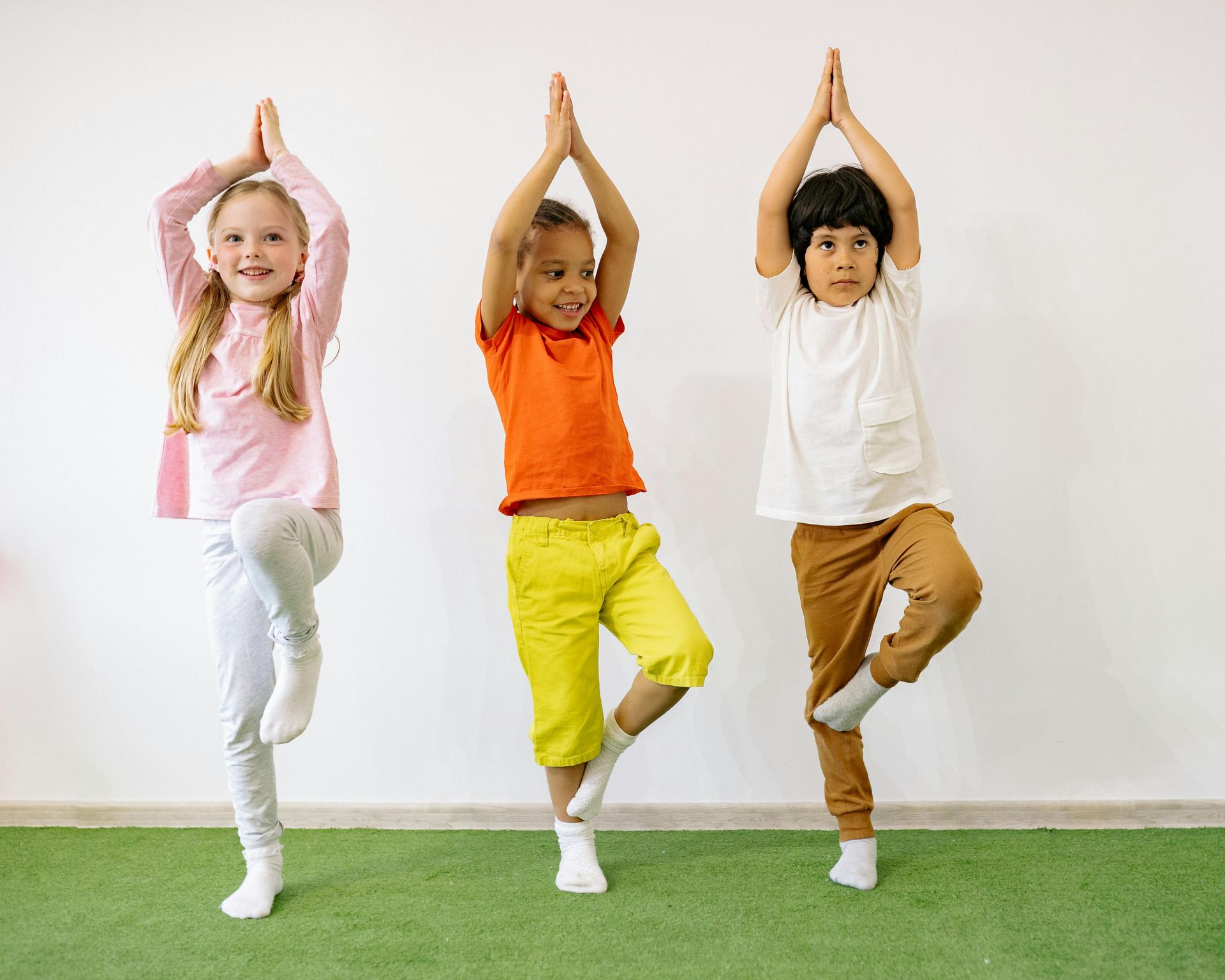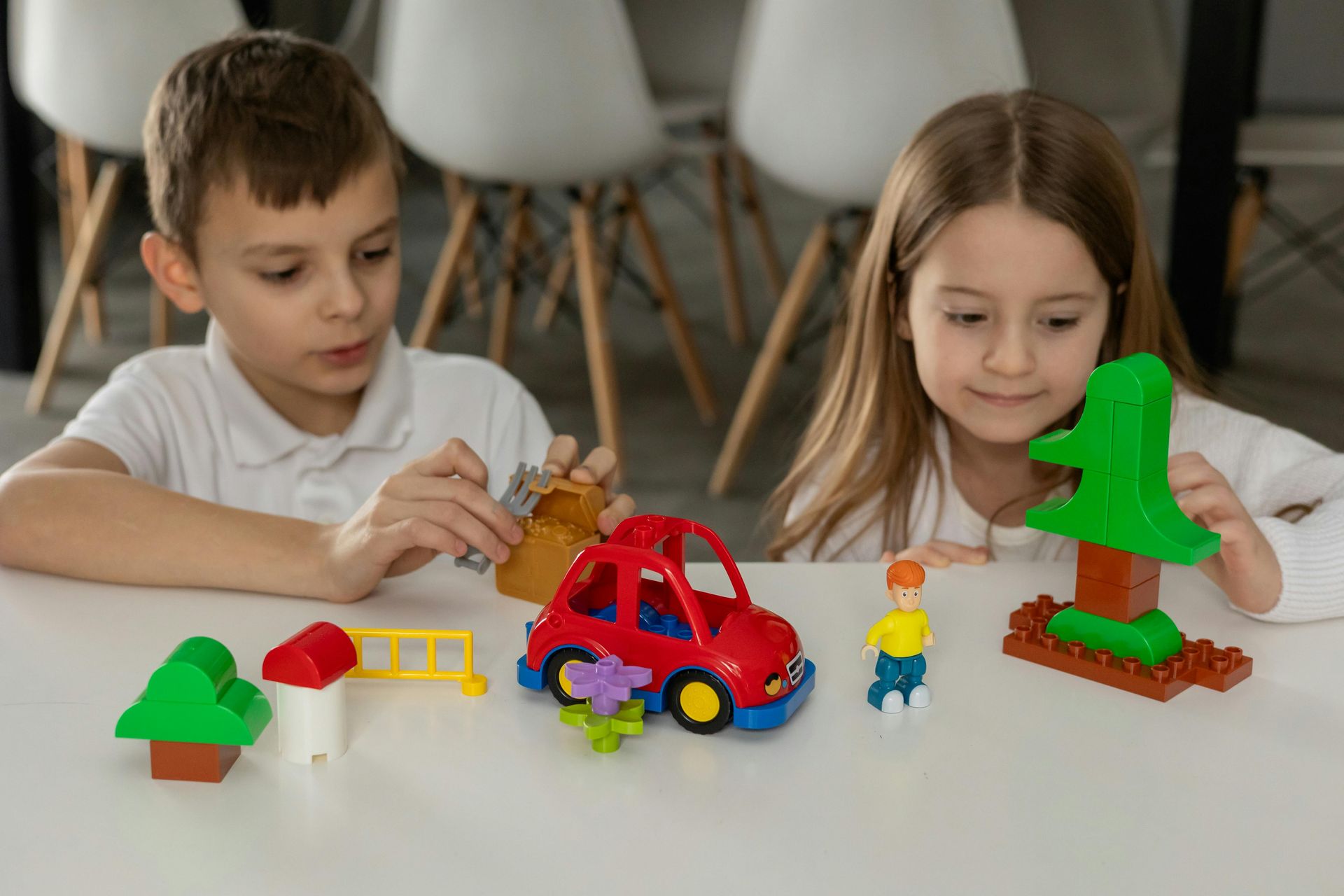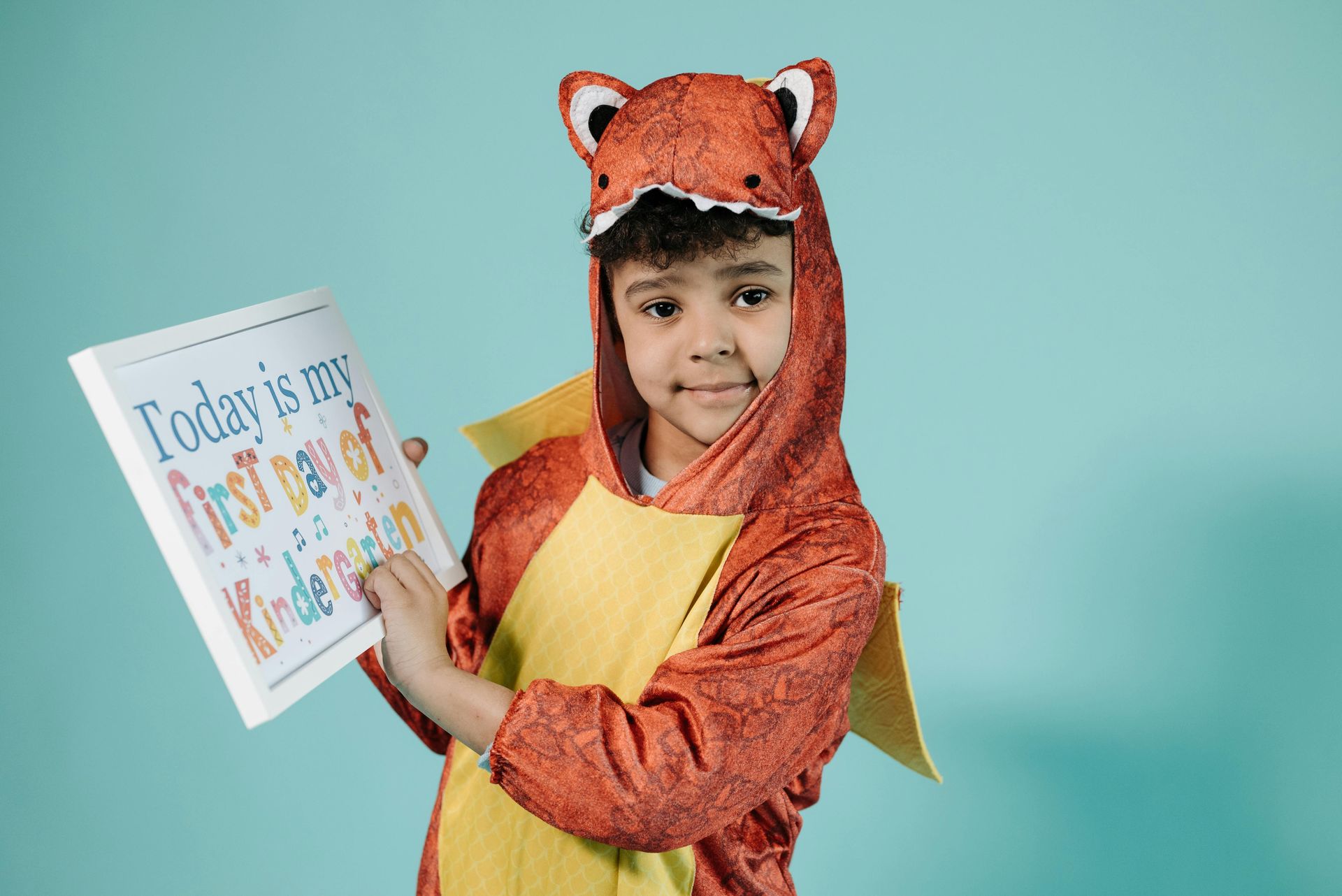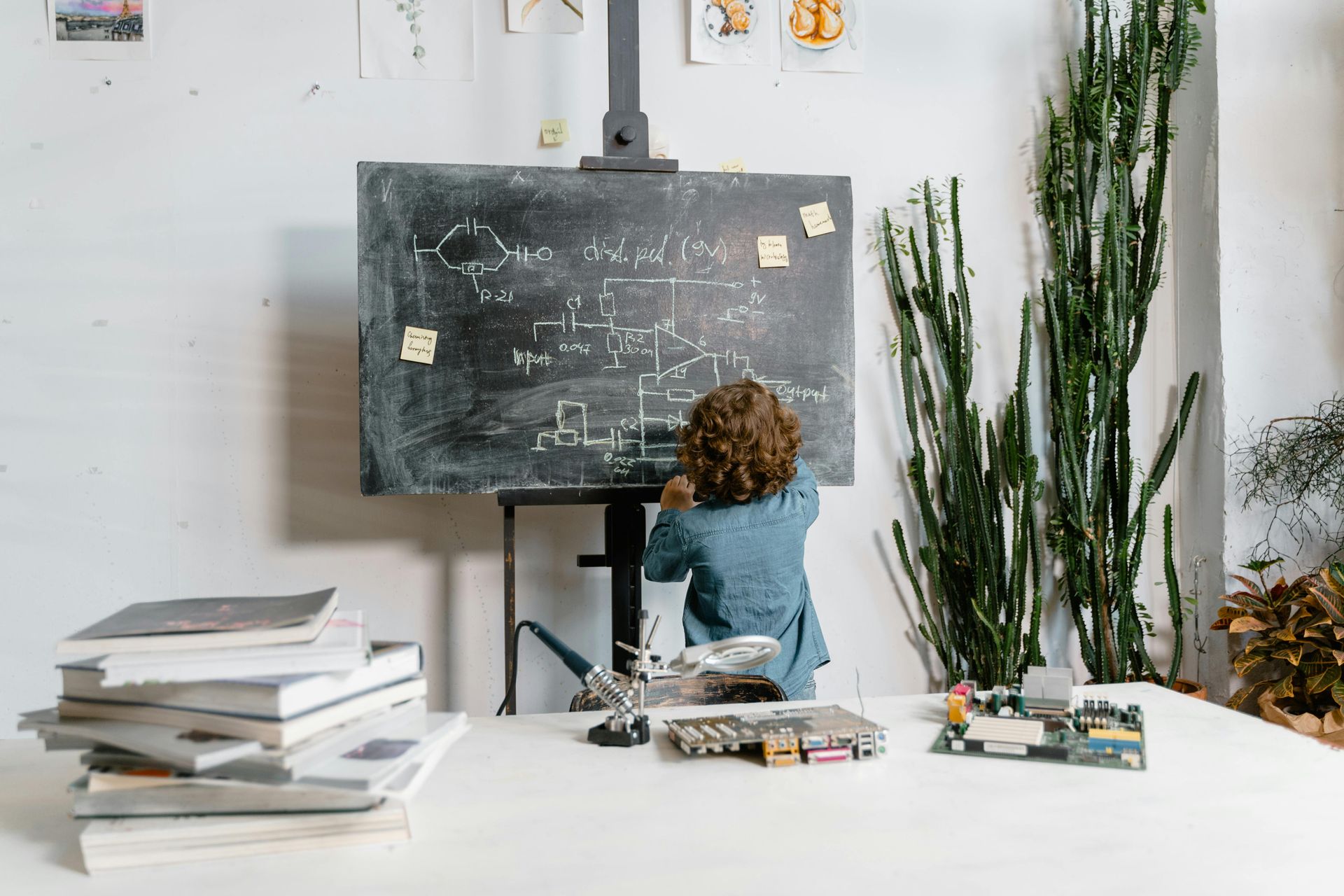Sensory Superpowers: How People with ASD Experience the World Differently
Sensory Superpowers: How People with ASD Experience the World Differently
Imagine the world through lenses finely tuned to vibrations, patterns, textures, sounds, and lights that most people filter out. For many autistic individuals, sensory experiences are not just background noise but vivid, intense, and meaningful. While traditionally framed as “sensory challenges,” this heightened perception can also be understood as sensory superpowers: unique abilities that allow for remarkable attention to detail, deep memory, and creative insight. In this post, we will explore how sensory processing differences in autism spectrum disorder (ASD) can be seen not just as struggles but as strengths, and how embracing those differences supports both well-being and empowerment.
Understanding Sensory Processing Differences in ASD
Research indicates that sensory processing differences are not only common in autism but central to the diagnosis. Up to 90% of autistic individuals experience atypical sensory reactivity, ranging from hypersensitivity (over-responsiveness) to hyposensitivity (under-responsiveness), across one or multiple sensory domains (Balasco, 2020). These sensory differences are also included in the diagnostic criteria in the DSM-5 (American Psychiatric Association, 2013).
Between 93% and 96% of autistic individuals experience sensory processing differences significant enough to impact daily life (Mount Sinai Health, 2025). These differences can affect vision, hearing, touch, smell, taste, balance, and body awareness, sometimes simultaneously across multiple senses (Autism UK, n.d.). While sensory responses can become overwhelming, they also signal unique perceptual processing and often exceptional strengths tied to attention, memory, and creativity.
Sensory Superpowers: Strengths That Shine Through
When sensory sensitivity is reframed as perceptual expertise, a world of abilities emerges. For example, heightened sensory sensitivity, especially to sound, has been linked to greater auditory capacity. Autistic people may detect specific target sounds within noisy environments more effectively than neurotypical peers (Woods, 2023).
Visual strengths are equally remarkable. Many autistic individuals experience enhanced visual perception, including heightened color detection and detail orientation. Up to 85% may perceive colors more vividly, with some hues appearing nearly fluorescent (Embrace Autism, n.d.). Some also experience synesthesia, or blending of the senses, at higher rates than neurotypical populations, which may contribute to creative expression (Embrace Autism, n.d.).
These perceptual strengths support pattern recognition, memory, and focused learning. They may also underlie the development of deep and enduring special interests, which research suggests can foster expertise, emotional well-being, and even career achievement (Woods, 2023).
Challenges Alongside Strengths
While sensory superpowers bring strengths, they can also present difficulties. Overexposure to light, sound, or touch can lead to sensory overload, which may result in anxiety, meltdowns, or withdrawal (Patil, 2023). One autistic individual described overload as “being tuned into 40 TV channels,” where sensory input becomes fragmented and overwhelming (Autism UK, n.d.).
Hypersensitivity can make daily tasks challenging, such as brushing hair or tolerating clothing textures, while hyposensitivity may lead to difficulties with balance or danger awareness, such as not perceiving pain (Autism UK, n.d.). These difficulties can contribute to distress, especially when individuals are expected to mask or suppress natural sensory behaviors. Research rooted in the neurodiversity paradigm highlights that suppression of sensory behaviors like stimming can negatively affect mental health (Singer, 2017).
Supporting Sensory Superpowers
Creating environments that harness sensory strengths while reducing overwhelm is key to empowerment.
- Environmental supports. Adjustments such as softer lighting, reduced background noise, and access to quiet spaces can help autistic individuals engage more comfortably in schools, workplaces, and communities (TIME, 2015).
- Sensory tools. Items like weighted blankets, fidgets, noise-canceling headphones, and sensory rooms provide ways to self-regulate. Sensory rooms, increasingly available in schools, airports, and public venues, are designed to help individuals retreat, calm, and re-engage (Verywell Health, 2019).
- Occupational therapy. Occupational therapists trained in sensory integration techniques help autistic individuals practice regulating sensory input through structured, play-based, and individualized strategies (Crasta, 2020).
- Strength-based planning. A focus on identifying sensory experiences that energize rather than overwhelm encourages self-advocacy and builds agency. Individuals can learn to identify which environments best support their strengths (Woods, 2023).
Celebrating and Empowering Sensory Diversity
Understanding sensory differences as superpowers aligns with the neurodiversity movement, which frames autism as a variation in human neurology rather than a disorder to be “fixed” (Singer, 2017). By honoring sensory diversity, communities shift away from a deficit-based perspective and embrace the unique contributions autistic people bring. This reframing supports mental wellness, encourages creativity, and fosters inclusion.
Recognizing sensory strengths deepens understanding of how autistic individuals perceive, learn, create, and thrive. It also underscores the importance of designing supportive environments that allow these strengths to flourish.
Conclusion
Sensory superpowers are real and they matter. Autistic individuals often experience the world in more intense, vivid, and detailed ways than many of us can imagine. These experiences underpin strengths in perception, attention, creativity, and learning. Yet they can also overwhelm without the right supports.
By embracing sensory diversity, creating inclusive environments, and empowering self-advocacy, we open pathways for autistic individuals to flourish not in spite of their sensory differences but because of them. Sensory processing should not be viewed as a deficit but as a unique lens through which people with ASD contribute to the richness of human experience.
References
American Psychiatric Association. (2013). Diagnostic and statistical manual of mental disorders (5th ed.). Washington, DC: Author.
Autism UK. (n.d.). Sensory differences. Retrieved from https://www.autism.org.uk/advice-and-guidance/topics/sensory-differences/sensory-differences/all-audiences
Balasco, L., Provenzano, G., & Bozzi, Y. (2020). Sensory abnormalities in autism spectrum disorders: A focus on the tactile domain. Frontiers in Psychiatry, 10, 1016. https://doi.org/10.3389/fpsyt.2019.01016
Crasta, J. E., Salzinger, E., Lin, M. H., Gavin, W. J., & Davies, P. L. (2020). Sensory processing and attention profiles among children with sensory processing disorders and autism spectrum disorders. Frontiers in Integrative Neuroscience, 14, 22. https://doi.org/10.3389/fnint.2020.00022
Embrace Autism. (n.d.). Autism strengths and challenges. Retrieved from https://embrace-autism.com/autism-strengths-and-challenges
Mount Sinai Health. (2025). What are sensory processing differences and how do they relate to autism? Retrieved from https://health.mountsinai.org/blog/what-are-sensory-processing-differences-and-how-do-they-relate-to-autism
Patil, O., Saxena, K., & Karmarkar, A. (2023). Sensory processing differences in individuals with autism spectrum disorder. Frontiers in Psychology, 14, 1218446. https://doi.org/10.3389/fpsyg.2023.1218446
Singer, J. (2017). Neurodiversity: The birth of an idea. Sydney, Australia: Judy Singer.
TIME. (2015). 7 things every kid with autism wishes you knew. Retrieved from https://time.com/3769648/7-things-every-kid-with-autism-wishes-you-knew
Verywell Health. (2019). How to create a sensory room for your autistic child. Retrieved from https://www.verywellhealth.com/how-to-create-a-sensory-room-for-your-autistic-child-4686413
Woods, S. E., Rachubinski, A. L., & Woynaroski, T. G. (2023). The survey of autistic strengths, skills, and interests: Psychometric evaluation of a new measure. Autism Research, 16(8), 1452–1465. https://doi.org/10.1002/aur.3032











